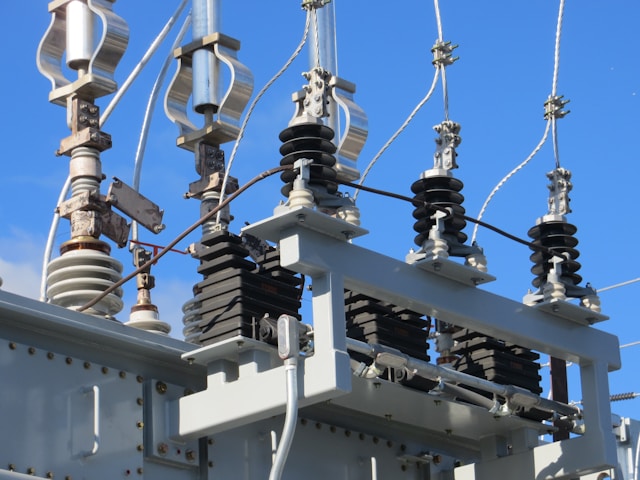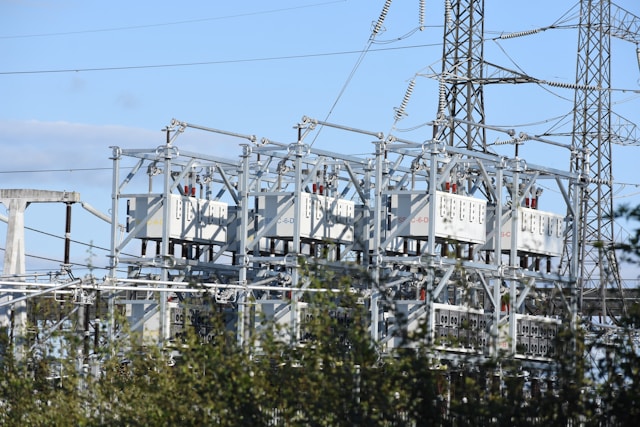The complexities of electrical systems can be daunting. The three-phase step-down transformer is a crucial part that is frequently overlooked. These tools are essential for controlling voltage levels, which guarantees power distribution efficiency and safety. You’re not the only person who has ever questioned how these transformers operate or why they’re necessary for so many different applications.
Gaining knowledge about three-phase step-down transformers can lead to a variety of benefits, such as improved system performance and energy efficiency. This guide provides insightful information about the functions and advantages of electrical infrastructure, regardless of your background as an engineer, electrician, or just someone interested in it. Let’s examine why these transformers are so essential to modern power systems!
Three Phase Step Down Transformers: How Do They Operate?
Three-Phase Step Down The electromagnetic induction principle underlies the operation of transformers. They transform high-voltage electricity into lower-voltage forms that can be used in a variety of ways.
Three sets of windings inside the transformer cooperate well with one another. While the secondary winding provides connected devices with lower voltage, the primary winding receives input from a power source.
In 3 Phase Step Down Transformers a magnetic field is produced as alternating current passes through these coils. Depending on the ratio of turns between the primary and secondary coils, this field lowers voltage by causing a current to flow through the secondary winding.
In order to control the heat produced during operation, cooling systems are frequently integrated. The longevity and effective operation of these essential parts are guaranteed by adequate ventilation.
Efficiency is crucial in all types, though the design can change depending on particular requirements. To maximise performance, load requirements and environmental factors must be taken into account in every installation.

Advantages of Three-Phase Step-Down Transformers
In electrical systems, three-phase step-down transformers have several benefits. They effectively lower high voltage levels to safer voltages that can be used in a variety of applications.
Their energy efficiency is one of the primary advantages. These transformers reduce transmission and distribution losses by converting electricity at a lower voltage. Over time, this results in lower operating costs.
An additional benefit is longer equipment life. Sensitive devices can be shielded from damaging voltage surges and spikes by lowering the voltage. Longer-lasting equipment and fewer maintenance requirements are the results of this protection.
They also improve the dependability of the system. A three-phase power supply reduces the chance of overloads or failures by improving load balancing between phases.
Integration with current infrastructure is made easier by using three-phase step-down transformers, which eliminate the need for significant upgrades or modifications.

Typical Uses for Three Phase Step Down Transformers
Three-Phase Step Down Transformers are used in many different industries. They are crucial in many systems because of their effective ability to lower high voltage levels.
One typical application is in industrial environments, where lower voltages are necessary for the safe operation of large machinery. These transformers are frequently used in factories to power machinery like conveyors and motors without sacrificing efficiency or security.
Commercial buildings also have a lot of them. Three-phase step-down transformers are essential for providing the voltage required for HVAC systems, lighting, and other vital services in office buildings and retail establishments. This preserves energy efficiency while guaranteeing seamless operations.
These transformers are also essential in the field of renewable energy. Wind turbines, for example, produce electricity at high voltages that must be stepped down before being connected to local grids. The same is true for solar power installations, which need to be transformed from higher output levels in order to be distributed effectively.
At substations, utilities also use three-phase step-down transformers. By transforming transmission-level voltages into more usable forms for residential customers, they aid in the safe management of the flow of electricity throughout cities and neighbourhoods.
These multipurpose tools are essential in many industries because they improve safety precautions in a variety of electrical configurations while also facilitating operational efficiency.




